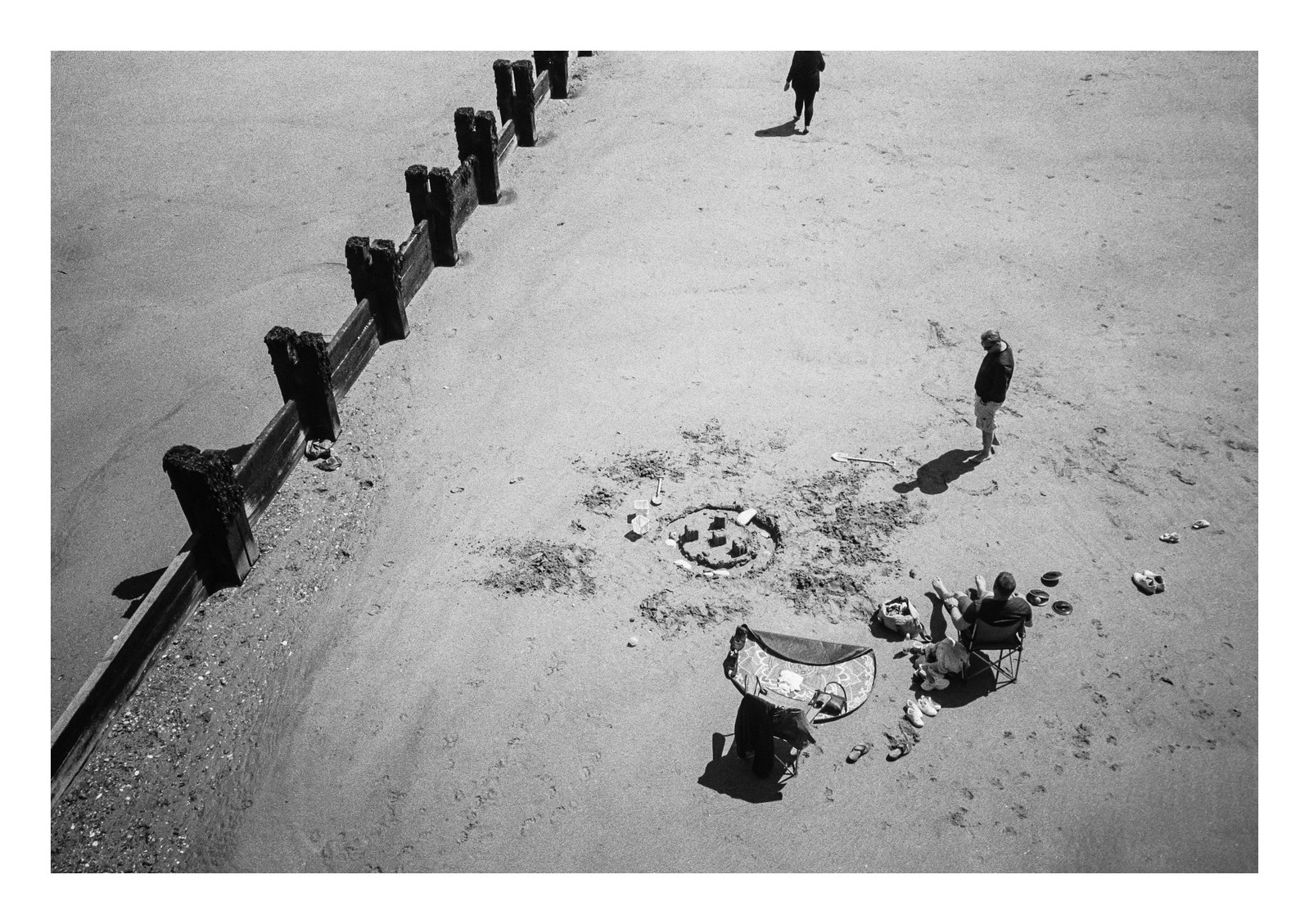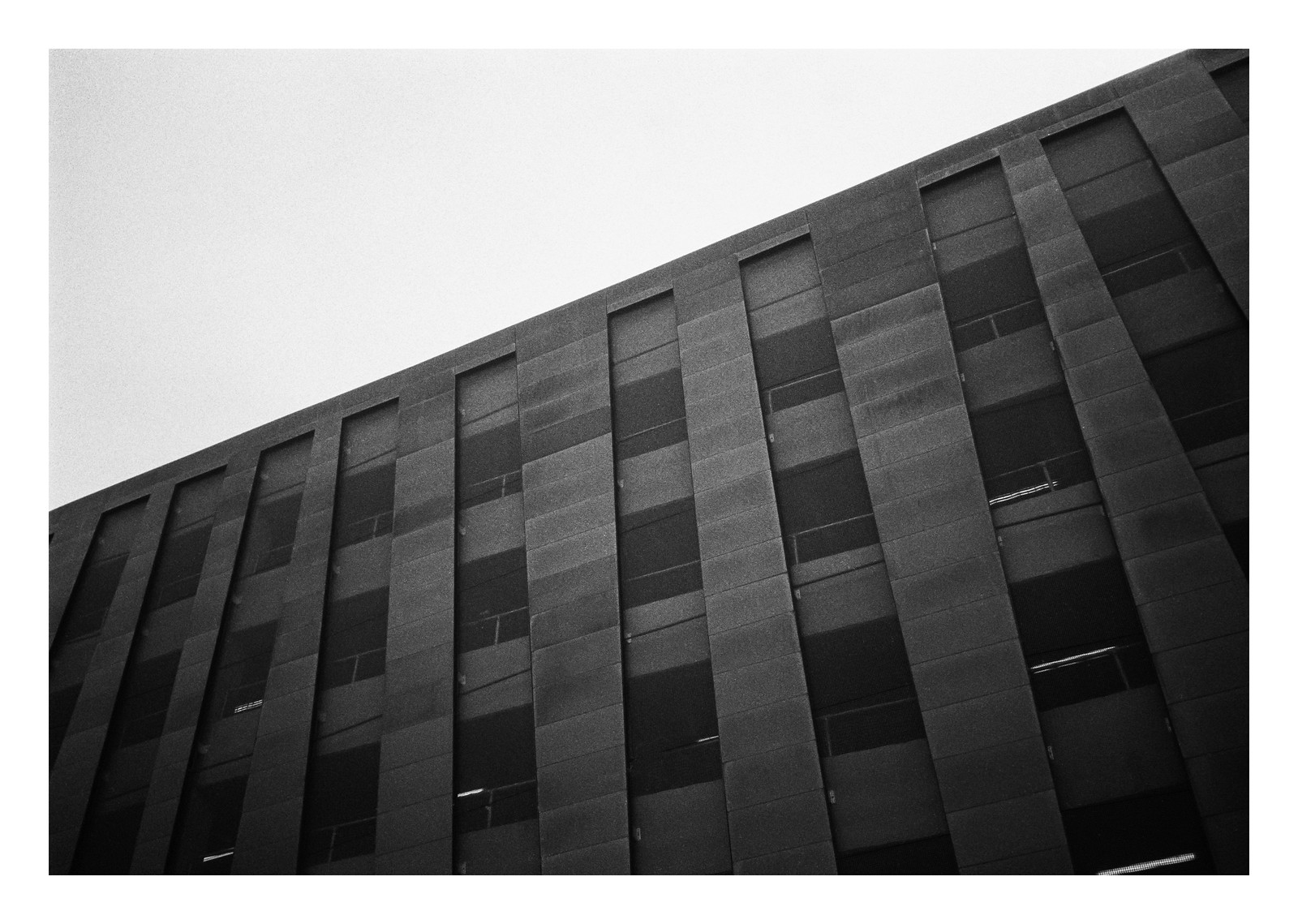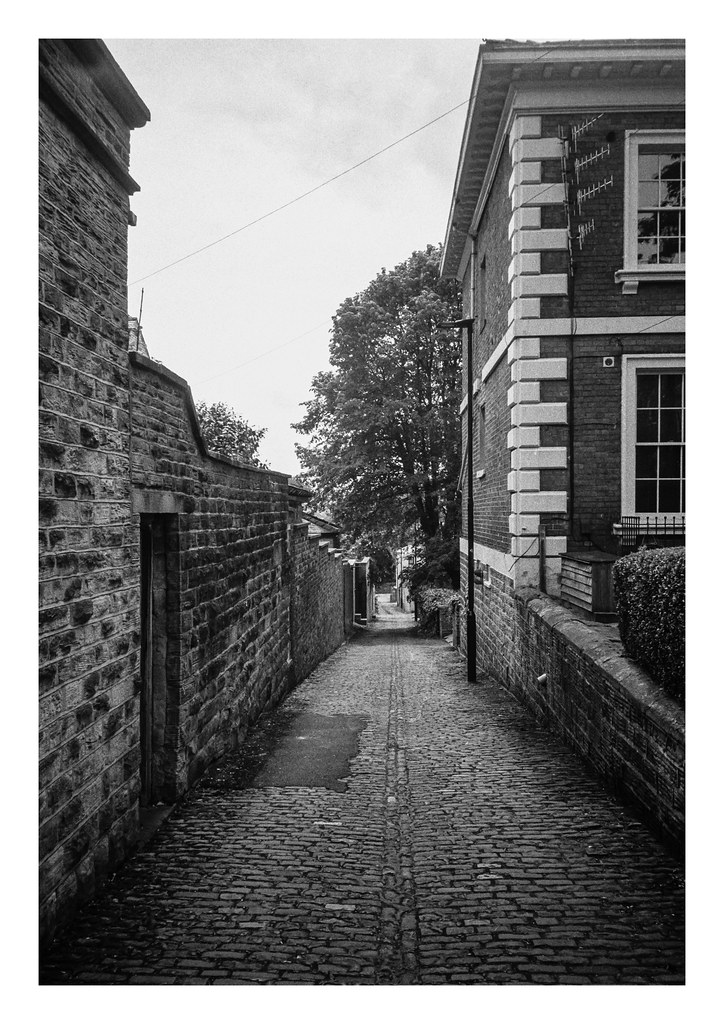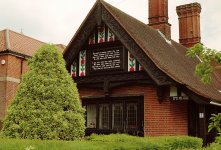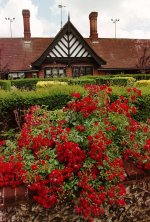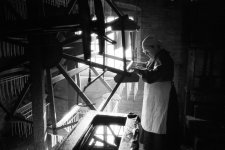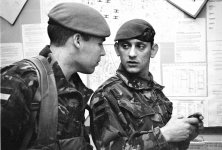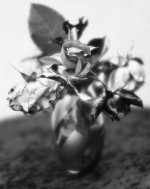and help to keep the site free for all
You are using an out of date browser. It may not display this or other websites correctly.
You should upgrade or use an alternative browser.
You should upgrade or use an alternative browser.
Show us yer film shots then!
- Thread starter Grant
- Start date
- Messages
- 9,273
- Edit My Images
- No
- Messages
- 7,529
- Name
- Nige
- Edit My Images
- No
Olympus XA3
Ilford HP5+
Ilfotec DD-X 1+4 9mins @ 20°

Stretching north by fishyfish_arcade, on Flickr
Ilford HP5+
Ilfotec DD-X 1+4 9mins @ 20°

Stretching north by fishyfish_arcade, on Flickr
- Messages
- 4,425
- Name
- Richard
- Edit My Images
- No
- Messages
- 7,529
- Name
- Nige
- Edit My Images
- No
Yep, can see that.Albir July 2014 Rollei SL35E 28mm Boots 200Asa slide. Posted as a test. Can you see the photograph?
View attachment 323802
- Messages
- 1,513
- Name
- Peter
- Edit My Images
- Yes
- Messages
- 7,529
- Name
- Nige
- Edit My Images
- No
Olympus XA3
Ilford HP5+
Ilfotec DD-X 1+4 9mins @ 20°

Waiting for crustaceans by fishyfish_arcade, on Flickr
Ilford HP5+
Ilfotec DD-X 1+4 9mins @ 20°

Waiting for crustaceans by fishyfish_arcade, on Flickr
- Messages
- 2,131
- Name
- Kevin
- Edit My Images
- No
I haven't done much photography recently but managed to finish and develop two short rolls of 35mm HP5+ shot at EI1600.

Do you dare go upstairs ? by Kevin Allan, on Flickr

Do you dare go upstairs ? by Kevin Allan, on Flickr
- Messages
- 1,513
- Name
- Peter
- Edit My Images
- Yes
- Messages
- 7,529
- Name
- Nige
- Edit My Images
- No
- Messages
- 4,425
- Name
- Richard
- Edit My Images
- No
- Messages
- 4,425
- Name
- Richard
- Edit My Images
- No
- Messages
- 4,425
- Name
- Richard
- Edit My Images
- No
- Messages
- 7,529
- Name
- Nige
- Edit My Images
- No
- Messages
- 98
- Name
- Steven
- Edit My Images
- No
The last outing (for a while) with the Nikon F80 was a trip to the island of Inchcolm, from the pier at South Queensferry. Again with a roll of Ferrania P30.
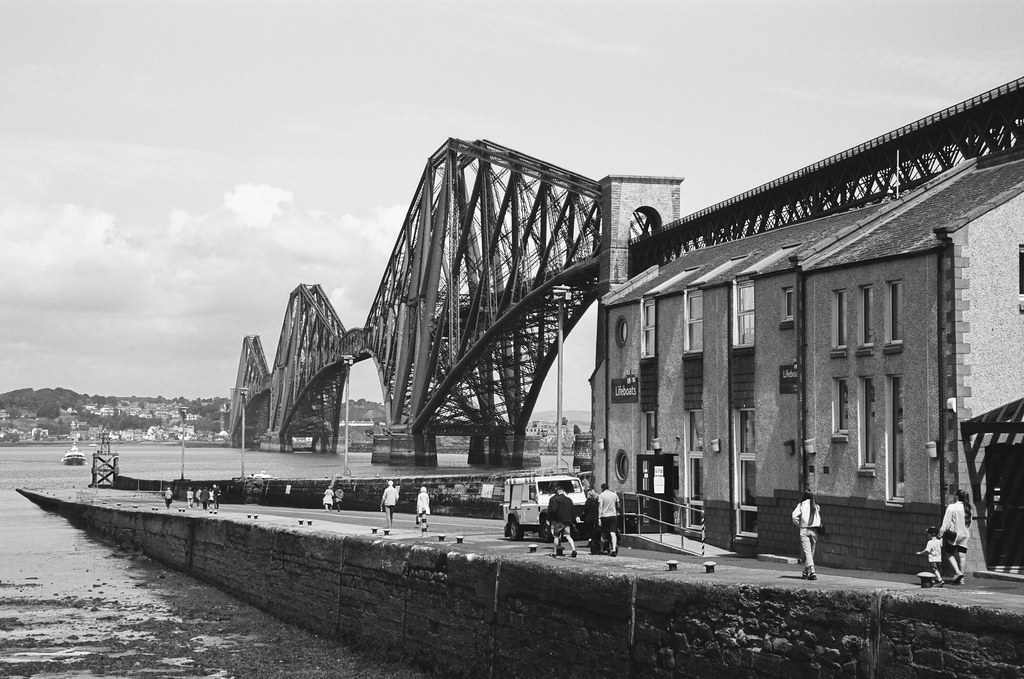
000015940004 by Steven Cook, on Flickr

000015940004 by Steven Cook, on Flickr
- Messages
- 7,529
- Name
- Nige
- Edit My Images
- No
Peter B
Double Numpty
- Messages
- 5,972
- Name
- Peter
- Edit My Images
- Yes
The much-photographed Kennel / Bothy at Elphin in NW Scotland, where you can choose your preferred background mountain.  I never seem to pass it in the best light, but there was decent clarity last week. Olympus mju 11, Ilford Delta 100, HC-110 Dil B.
I never seem to pass it in the best light, but there was decent clarity last week. Olympus mju 11, Ilford Delta 100, HC-110 Dil B.
#1 With Cul Mor
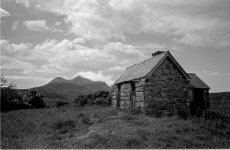
#2 With Suilven
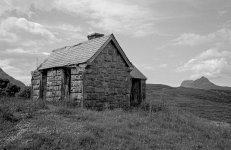
#3 With Suilven and Canisp
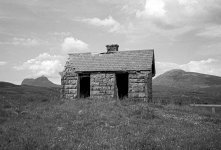
#1 With Cul Mor

#2 With Suilven

#3 With Suilven and Canisp

- Messages
- 1,513
- Name
- Peter
- Edit My Images
- Yes
- Messages
- 7,529
- Name
- Nige
- Edit My Images
- No
Olympus XA3
Ilford HP5+
Ilfotec DD-X 1+4 9mins @ 20°

At the botanical gardens by fishyfish_arcade, on Flickr
Ilford HP5+
Ilfotec DD-X 1+4 9mins @ 20°

At the botanical gardens by fishyfish_arcade, on Flickr
- Messages
- 98
- Name
- Steven
- Edit My Images
- No
On the way to Inchcolm Island you pass (apparently) where the Forties Oil Field first comes "ashore" Hound Point terminal where refined oil is pumped to and then loaded onto tankers in the Firth of Forth.
Nikon F80/Ferrania P30

000015940007 by Steven Cook, on Flickr
Nikon F80/Ferrania P30

000015940007 by Steven Cook, on Flickr
Last edited:
- Messages
- 2,157
- Name
- Des
- Edit My Images
- Yes
On the way to Inchcolm Island you pass (apparently) where the Forties Oil Field first comes "ashore" in the Firth of Forth
Nikon F80/Ferrania P30
000015940007 by Steven Cook, on Flickr
If the guides told you that I think they are a bit confused.
The oil comes ashore via pipeline at Cruden Bay near Aberdeen and goes via pipeline to Grangemouth. The picture you have is of Hound Point where the oil is loaded on to tankers..
From Wikipedia:
Although there is little evidence of its presence other than a small complex a few miles south of the village, the sands at Cruden Bay is the place where the 110-mile (180 km) long Forties pipeline operated by Ineos, in use from 1975, finds landfall.[11] It pumps crude oil from the Forties oilfield to Whinnyfold, then by overland pipeline to Grangemouth.
Hound Point is a marine terminal off a rocky headland of that name on the southern shore of the Firth of Forth, Scotland, just east of the Forth Bridge at South Queensferry. Opened in 1975, it is owned and operated by Ineos as an oil-export terminal for North Sea oil and is the largest such facility in Scotland.
The terminal is made up of two sea-island berths that can load vessels of up to 350,000 DWT and a vapour recovery platform. Crude oil from the Forties pipeline undergoes stabilisation and gas processing and treatment at the Kinneil Terminal at Grangemouth before being pumped to a tank farm at Dalmeny on the southern shore of the Firth. The oil is then pumped to the Hound Point terminal where it is loaded onto tankers.
- Messages
- 98
- Name
- Steven
- Edit My Images
- No
If the guides told you that I think they are a bit confused.
The oil comes ashore via pipeline at Cruden Bay near Aberdeen and goes via pipeline to Grangemouth. The picture you have is of Hound Point where the oil is loaded on to tankers..
From Wikipedia:
Although there is little evidence of its presence other than a small complex a few miles south of the village, the sands at Cruden Bay is the place where the 110-mile (180 km) long Forties pipeline operated by Ineos, in use from 1975, finds landfall.[11] It pumps crude oil from the Forties oilfield to Whinnyfold, then by overland pipeline to Grangemouth.
Hound Point is a marine terminal off a rocky headland of that name on the southern shore of the Firth of Forth, Scotland, just east of the Forth Bridge at South Queensferry. Opened in 1975, it is owned and operated by Ineos as an oil-export terminal for North Sea oil and is the largest such facility in Scotland.
The terminal is made up of two sea-island berths that can load vessels of up to 350,000 DWT and a vapour recovery platform. Crude oil from the Forties pipeline undergoes stabilisation and gas processing and treatment at the Kinneil Terminal at Grangemouth before being pumped to a tank farm at Dalmeny on the southern shore of the Firth. The oil is then pumped to the Hound Point terminal where it is loaded onto tankers.
I stand corrected and yes, that's what the guide told us. If I'm ever out with them again I'll give them a telling off!
- Messages
- 2,157
- Name
- Des
- Edit My Images
- Yes
Hope you had a good trip. Did you get out on to Inchcolm? It‘s a great wee trip. Sometimes access is restricted, especially when the seabirds are nesting.I stand corrected and yes, that's what the guide told us. If I'm ever out with them again I'll give them a telling off!
ps sorry for being pedantic
Last edited:
- Messages
- 98
- Name
- Steven
- Edit My Images
- No
Yeah we did. Pictures to follow in the next day or so. We're both Historic Scotland members so we're trying to do as much of that at the moment as we can although it's difficult with so many sites still not open.
The seagulls were in full protection mode when we were there and I got dive bombed a few times when I ventured on to the beach to get some shots. I grew up in Largs so I'm used to those buggers dive bombing and trying to steal my chips!
The seagulls were in full protection mode when we were there and I got dive bombed a few times when I ventured on to the beach to get some shots. I grew up in Largs so I'm used to those buggers dive bombing and trying to steal my chips!
- Messages
- 2,131
- Name
- Kevin
- Edit My Images
- No
Two more shots with 35mm HP5+ at EI1600:

Window cleaner wanted. by Kevin Allan, on Flickr
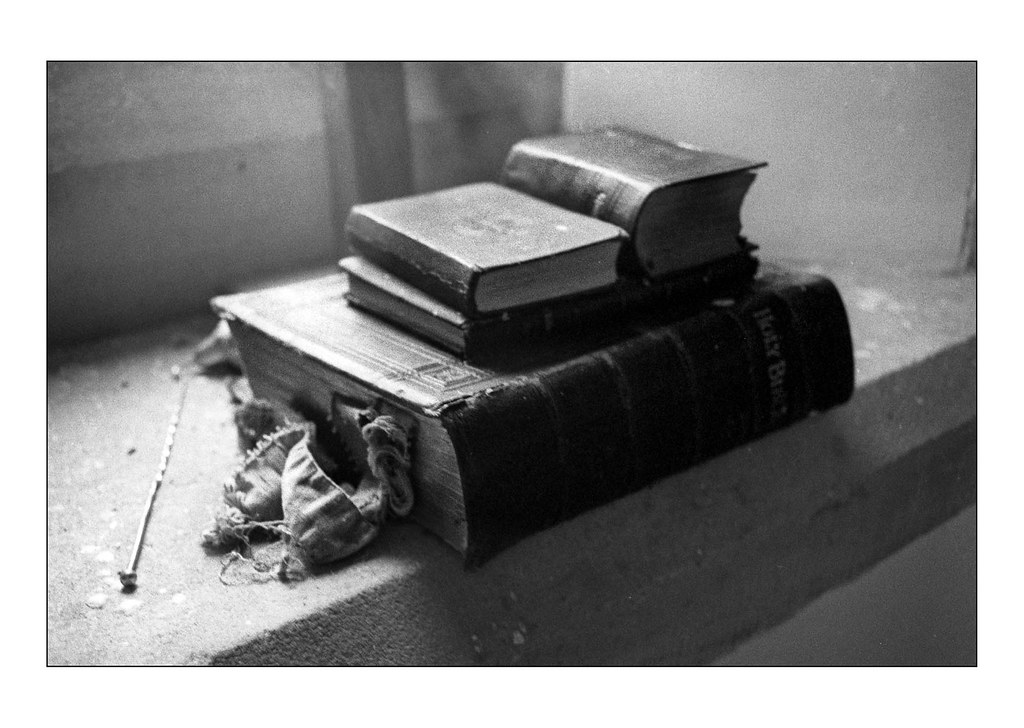
Church windowsill by Kevin Allan, on Flickr

Window cleaner wanted. by Kevin Allan, on Flickr

Church windowsill by Kevin Allan, on Flickr
- Messages
- 7,529
- Name
- Nige
- Edit My Images
- No
Olympus OM-2n
Zuiko Auto-S 50mm f/1.8
Ilford HP5+
Ilfotec DD-X 1+4 9mins @ 20°

Over the pasture by fishyfish_arcade, on Flickr
Zuiko Auto-S 50mm f/1.8
Ilford HP5+
Ilfotec DD-X 1+4 9mins @ 20°

Over the pasture by fishyfish_arcade, on Flickr
- Messages
- 98
- Name
- Steven
- Edit My Images
- No
Inchcolm Abbey.
Nikon F80/Ferrania P30.

000015940031 by Steven Cook, on Flickr

000015940025 by Steven Cook, on Flickr

000015940011 by Steven Cook, on Flickr
Nikon F80/Ferrania P30.

000015940031 by Steven Cook, on Flickr

000015940025 by Steven Cook, on Flickr

000015940011 by Steven Cook, on Flickr
- Messages
- 1,672
- Name
- Andy
- Edit My Images
- Yes
Two more shots with 35mm HP5+ at EI1600:
Window cleaner wanted. by Kevin Allan, on Flickr
Church windowsill by Kevin Allan, on Flickr
Your HP5 has held up really well to 1600, that’s encouraging! I’ve got some Delta3200 in stock but knowing HP5 pushes so well is also handy
- Messages
- 1,353
- Name
- Peter
- Edit My Images
- Yes
- Messages
- 1,353
- Name
- Peter
- Edit My Images
- Yes
- Messages
- 325
- Name
- George
- Edit My Images
- No
- Messages
- 1,672
- Name
- Andy
- Edit My Images
- Yes
For a few years every time I've seen these crops anywhere, I'm drawn to them to take a photograph and I'm always left wanting by the result I get. I think this is finally the shot that I've been after all this time. It seems so simple when I look at it now but it's eluded me before. The question is will I stop shooting it or carry on? 
 Crop by Andrew Roberts, on Flickr
Crop by Andrew Roberts, on Flickr

 Crop by Andrew Roberts, on Flickr
Crop by Andrew Roberts, on Flickr
Last edited:
- Messages
- 7,932
- Name
- Terry
- Edit My Images
- Yes
What a daft gate. You can just step around it, which it seems most do.
- Messages
- 1,672
- Name
- Andy
- Edit My Images
- Yes
Inchcolm Abbey.
Nikon F80/Ferrania P30.
000015940031 by Steven Cook, on Flickr
000015940025 by Steven Cook, on Flickr
000015940011 by Steven Cook, on Flickr
I like all 3, but the gulls in the first 2 seem to make them perfect for me
- Messages
- 98
- Name
- Steven
- Edit My Images
- No
I like all 3, but the gulls in the first 2 seem to make them perfect for me
Thanks, it was difficult not to take a shot with gulls in! They even started posing for shots...

000015940034 by Steven Cook, on Flickr
- Messages
- 1,672
- Name
- Andy
- Edit My Images
- Yes
Thanks, it was difficult not to take a shot with gulls in! They even started posing for shots...
000015940034 by Steven Cook, on Flickr
I guess that's what you get for shooting near the water! Are they seagulls or common gulls? I was once chastised by a 9 year old for misnaming them so I've taken to calling them BayGulls
- Messages
- 98
- Name
- Steven
- Edit My Images
- No
Good question, wikipedia tends to imply that seagull is an incorrect name and they are "just" gulls. Who knew?I guess that's what you get for shooting near the water! Are they seagulls or common gulls? I was once chastised by a 9 year old for misnaming them so I've taken to calling them BayGulls

EDIT: Further research seems to indicate that by virtue of the shape of their bill they are Herring Gulls.
Last edited:
- Messages
- 1,672
- Name
- Andy
- Edit My Images
- Yes
Good question, wikipedia tends to imply that seagull is an incorrect name and they are "just" gulls. Who knew?
EDIT: Further research seems to indicate that by virtue of the shape of their bill they are Herring Gulls.
I hope my throwaway question hasn’t started a whole thing here








